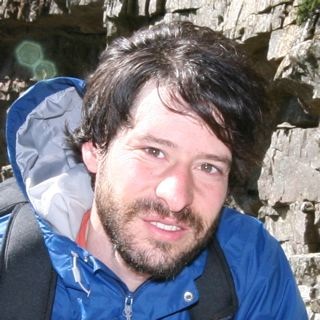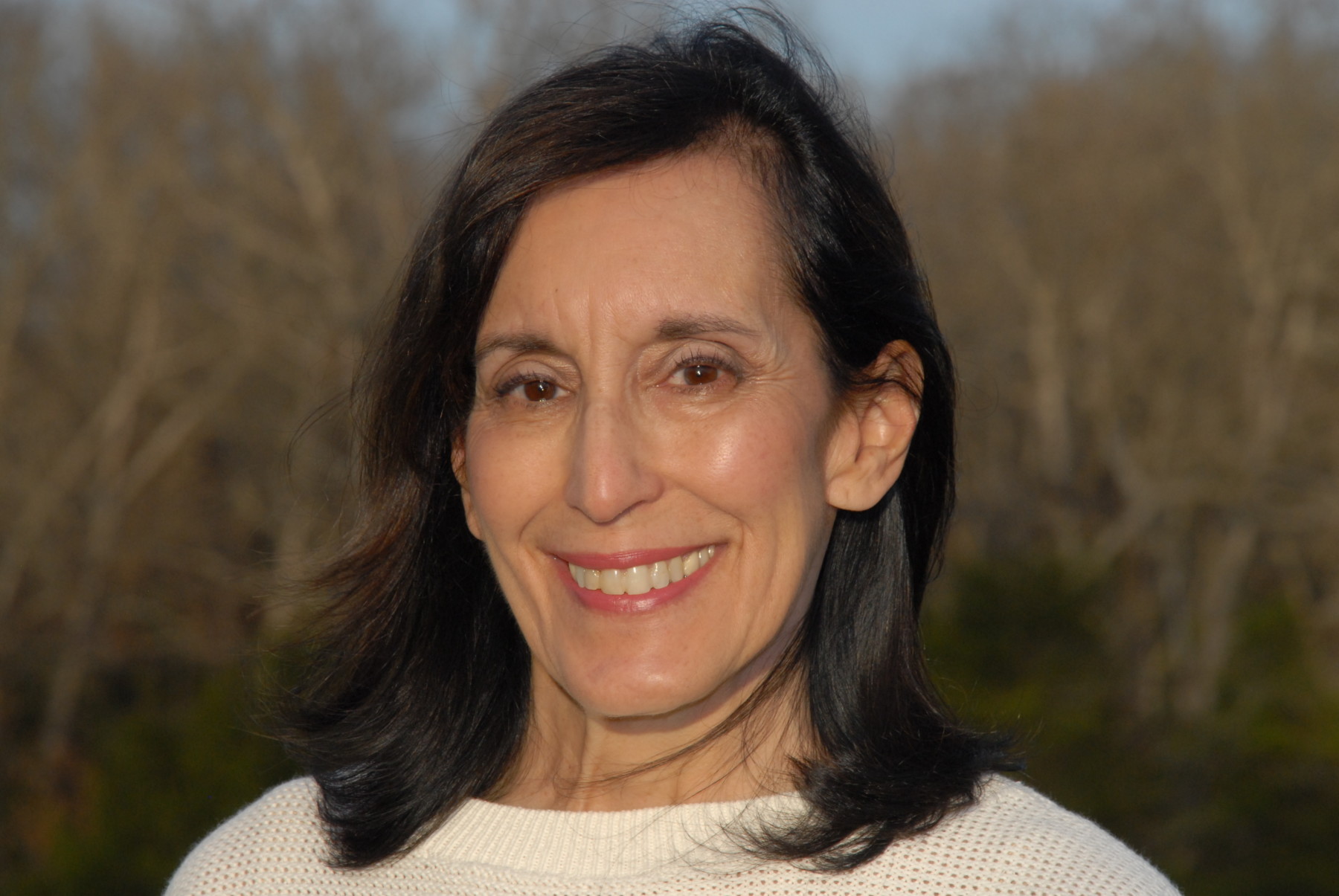
For his first major feature, freelancer Brendan Borrell crisscrossed Bolivia for 2 ½ weeks in an old truck with notebook, recorder, and camera, waiting out roadblocks, going a long time between meals, and of course munching hot chili peppers. “What’s So Hot About Chili Peppers?” appeared in Smithsonian in April 2009. Here, Borrell tells TON co-founder Jeanne Erdmann the story behind the story. (This interview has been edited for length and clarity.)
How did you hear about Josh Tewksbury, the subject of your profile?
A friend heard Josh speak and that’s how it started. I was keen on going to Bolivia, I gave Josh a call and within five minutes I was totally sold. He had this enthusiasm that was hard to break away from. I’m naturally drawn to characters like that. The other thing that was perfect was that he had all of this work about to be published and he was preparing to make another trip with a team of grad students, post docs, and a botanist. There was a lot of narrative possibility there on top of the fact that he was an interesting guy.
Did Smithsonian send you on the trip?
I went on spec, since I had frequent flyer miles and didn’t have too many expenses. Before I left, I sent some pitches and no one nibbled, although I looked at them recently and they were not too impressive. I had pitched a chili pepper story to Smithsonian months earlier, but it read a bit more like a straight science news pitch and failed to capture the dimensions of the story. In part, I had little information about the story I was pursuing, and I hadn’t fully recognized its potential, but I was also still quite early in my career and had only a few features under my belt. A few months later, I met Laura Helmuth at AAAS and told her about the story. By then I had a better idea about the story, in part because I had already committed myself to going on the trip. She told me to write up the pitch when I got back. Laura made it clear that I should emphasize all of the scientists who would be joining us, and that’s something I’ve carried with me. Characters only come to life when they are in their native environment: other people. When I returned, I wrote the pitch and sent it to Smithsonian. Within days the magazine took the story.

With the long bumpy roads, rain, and so on, how did you do the reporting?
I recorded a bunch, and I scribbled down as much as I could in half a dozen notebooks I brought along to breakfast, lunch, dinner, and everything in between. Each night, I’d type up a kind of journal entry summarizing the day; then I’d transcribe my notes, and transcribe a small fraction of the audio. Those bumpy roads killed my computer on the last day of the trip, but I am pretty obsessive and I had everything backed up on flash drives and DVDs.
Any helpful tricks you can share about field reporting of this kind?
Be meticulous. You only have one chance to be in the field, so be observant. You will never know what’s important until you get home. For every scene that makes it into the story there are many that don’t and you don’t want to be left wondering whether your character was standing in the sun or leaning against a palm tree when he said something. I find the nightly journal entries are very important for me because the notebooks, the audio, and the photos provide a pretty disjointed view of the daily activities.

Was it hard to establish an appropriate line between on- and off-the-record conversation when you were spending weeks together?
I told Josh the ground rules ahead of time, but the lines do become blurry when you are sharing a tent with your source. It might have been different if his work was controversial or he had some despicable character traits. I think the most important rule, as a journalist, is that your source should not be surprised by the story you write. If they are facing scrutiny from other scientists, they obviously have a chance to respond before the article is printed. More vexing for me are privacy issues. If a source lets you spend weeks with them and you discover they have, say, horrific personal hygiene, and it’s important for the story because they are a transplant surgeon, you have to decide whether you need to confront them to get their response or if it is just a character detail. That can be tough.
How was the editing process?
There were definitely a lot of edits. I’m detail oriented. I love all of these little tangents and I lose sight of the big picture. Laura [Helmuth] is really good at making you slow down in parts and bring in the conceptual side of things. In my first draft I’d broken up one of my scenes. I put part of the scene in one spot and the rest of it later. Laura said. “You have to put this together, this is one scene.” The idea of making your magazine stories go from scene to scene is very important.
When we first spoke, you mentioned an epilogue to the story. What was it?
When the story came out I sent it to [Josh] and I didn’t hear too much back. He’s really busy so I didn’t think much about it. Then a professor who didn’t know Josh personally sent a letter to the magazine complaining about its portrayal of him, saying that Josh was such a great scientist with an amazing output and he didn’t think it was right that we were so critical of him. I saw that and thought, “That is so strange.”
When Josh shared [the story] with the University press office he thought they would put it on their website but they didn’t. He passed the story around the department and asked what they thought about it and nobody thought it painted a positive picture of him. This made me feel really bad. I don’t write profiles for the subjects but I admired this guy. I think he’s one of the most amazing people I’ve ever met. I felt like it was an honest impression.

Then I met Josh at the ecology meeting in 2009 and we sat down for about an hour to talk. I asked him what he thought of the article. He was a little sheepish and said, “To tell you the truth I probably wouldn’t do that again. I think that I wouldn’t provide somebody with that much access.”
I said, “What do you mean?”
He said, “The article came out and I read it and was like, hmmm.”
I said, “What do you mean?”
He said, “Well, I could have done without so many references to ‘seat of the pants’ science.”
I think my reference to “seat-of-your-pants” science was significant because it can be perceived as being antithetical to the scientific method. But that’s not it at all. It really explains why and how he is so successful at running amazing experiments in such an unpredictable environment. He doesn’t just have plan A and B—he has plans C, D, and E, and he is constantly revising them to get the most that he can out of a month in the field.
Finally, I said, “What does your mom think, Josh?” He lets out this broad smile and said, “She loved it.”
I said, “That’s all that matters.”
He said, “Yeah, I guess so.”
A glimpse behind the scenes:

Jeanne Erdmann is co-founder and editor-at-large of The Open Notebook. Follow her on Twitter @jeanne_erdmann.


